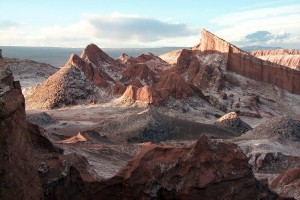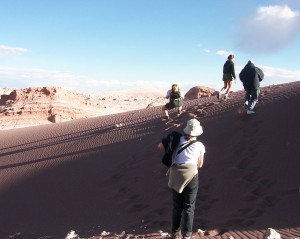

Destinations
Experiences
 |
L A
D A T C O T O U R
S |
 |
||||||||
| HOME | South America | Falkland Islands | Antarctica | Unique Destinations |
Unique Experiences |
Newsstand | ||||
 |
Explora
en Atacama
FAQs
About Explora Atacama |
 |
FAQs
WHAT KIND OF EMERGENCY MEDICAL SERVICES ARE AVAILABLE?
San Pedro de Atacama, the town near the lodge, has a health clinic with nine paramedics. More serious emergencies can be treated at the Calama hospital, a one-hour drive from the lodge.
All of our guides have Wilderness First Responder (WFR) certification, and thus, possess the necessary knowledge and skills to be able to assist people in remote areas.
WHAT EXPLORATION CLOTHING AND EQUIPMENT SHOULD I BRING?
We provide, at no additional cost, walking sticks and gaiters (leg guards) for the walks, hikes and treks, and all of the equipment necessary for horseback and bicycle riding.
ARE THE ROOMS AIR-CONDITIONED?
No. Because of its altitude and desert environment, Atacama is very dry, so you do not feel hot in the shade. In addition, the lodge’s architectural design allows for and promotes natural air circulation.
WHAT KINDS OF VEHICLES ARE USED FOR TRAVEL AT EXPLORA ATACAMA?
We use our own vans, which are modern, comfortable and roomy. Each van has a maximum capacity of 10 people.